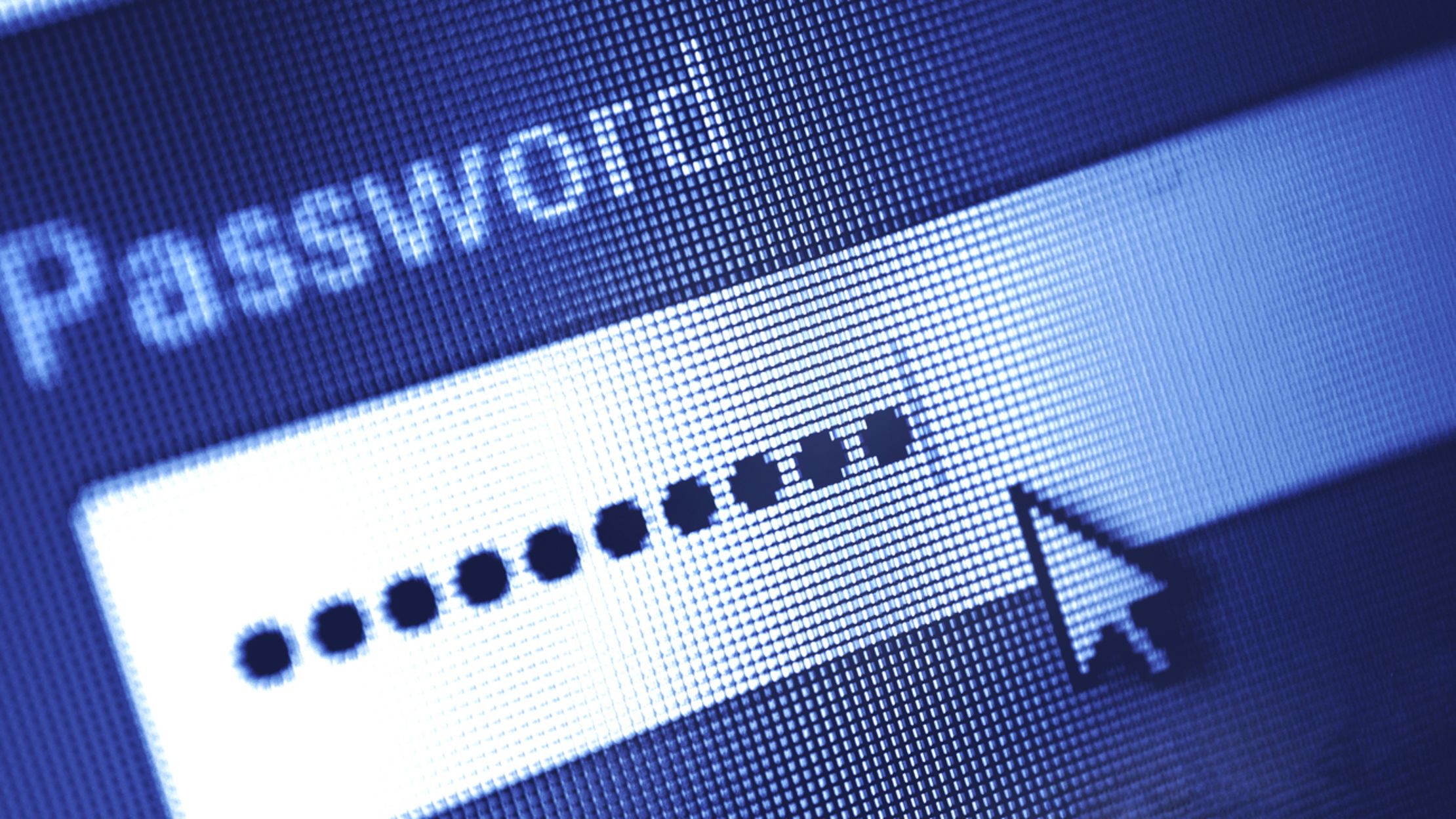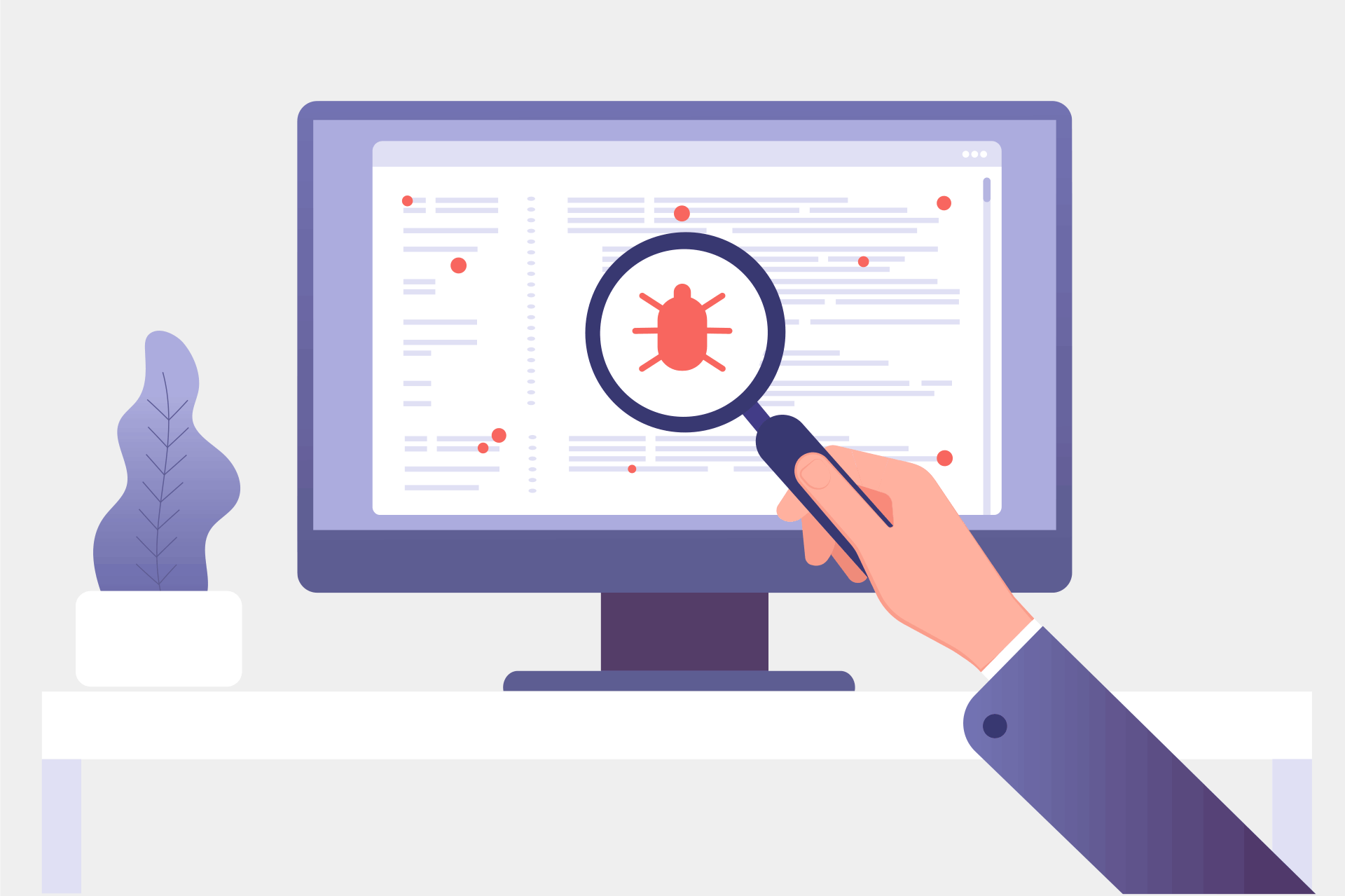Patch Management is Essential for SMBs
Consider yourself on a bicycle when a nasty bump unexpectedly comes and bursts your tire. Your day might be ruined, but if you have a repair kit and...

Passwords are a set of strings provided by users at the authentication prompts of web accounts. Although passwords remain one of the most secure authentication methods available to date, they are subjected to many security threats when mishandled. The role of password management comes in handy there. Password management is a set of principles and best practices to be followed by users while storing and managing passwords in an efficient manner to secure passwords as much as they can to prevent unauthorized access.
What are the challenges in password management?
There are many challenges in securing passwords in this digital era. When the number of web services used by individuals increases year-over-year, the number of cybercrimes is also skyrocketing on the other end. Here are a few common threats to protecting our passwords:
All of these threats create an opportunity for attackers to steal user passwords and enjoy unlimited access benefits. Let's take a look at how individuals and businesses typically manage their passwords.
Traditional methods of password management
While hackers are equipped with advanced tools and attacks, individuals and businesses still rely on password management methods. This raises the need for the best password management practices to curb security threats.
How to manage passwords

Consider yourself on a bicycle when a nasty bump unexpectedly comes and bursts your tire. Your day might be ruined, but if you have a repair kit and...
In today’s digital age, cyber threats are a major concern for businesses of all sizes. Cybercriminals are constantly looking for ways to access...

Vulnerability scanning and penetration testing are two very different ways to test your system for any vulnerabilities. Despite this, they are often...